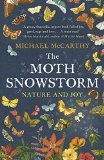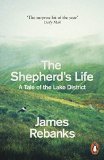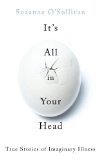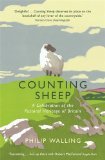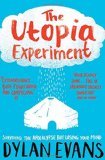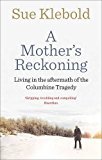 Source: Free review copy received from publisher
Source: Free review copy received from publisher
Five words from the blurb: Columbine, grief, tragedy, honesty, compassion
In 1999 Eric Harris and Dylan Klebold killed twelve students and a teacher in, what was at the time, the worst High School shooting on American soil. Sue Klebold has spent the last fifteen years of her life coming to terms with the horrific acts that her son carried out in Columbine High School. This book explains the guilt she felt for failing to spot the tiny signs her son was plotting this atrocity, and how she has gone on to promote mental health awareness in order to prevent similar attacks in the future.
A Mother’s Reckoning is an outstanding book. It is written with incredible honesty – showing the conflicting thoughts of a family caught between grieving for their son and trying to understand what could have motivated him to kill innocent people in cold blood. The book managed to capture these emotions without ever becoming sentimental or self-indulgent. I was especially impressed by the dignity shown throughout and the way it respected the families of those killed.
The book detailed Dylan’s life – describing how he went from a happy child, to a teenager plagued by bullies. It explained how his family were unaware of the extent of his problems and their horror at discovering these details after his death. The structure of this book was impressive. It reminded me of People Who Eat Darkness by Richard Lloyd Parry, my favourite true-crime book, in that everything was laid out perfectly. New details were added at exactly the right point to enable the reader to engage with each aspect of the narrative.
It’s hard to imagine we slept at all that first night home, but the mind eventually shows mercy and shuts down. As it would be for years, waking was the cruelest moment of the day – the split second where it was possible to believe it had all been a nightmare, the worst dream a person could have.
I think this book should be read by all parents, as it shows how easily things can go wrong. It highlights the importance of understanding teenage mental health and shows what can be done to reduce problems. I admire Sue Klebold for her bravery in publishing this book and hope she gains some closure from the positive work she’s done for society in the last decade.

.


